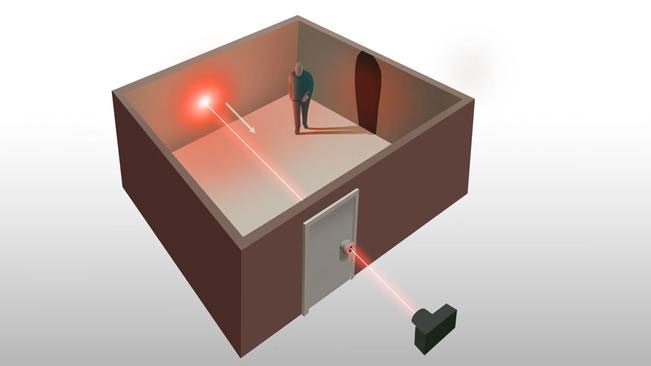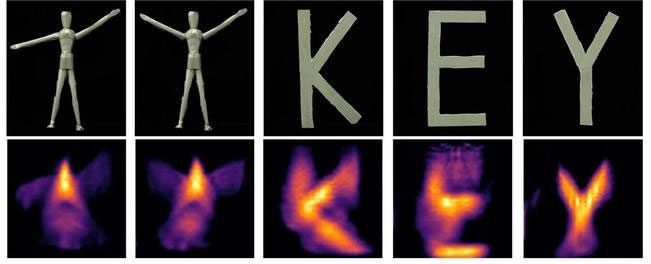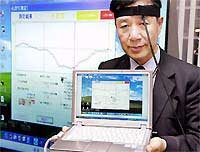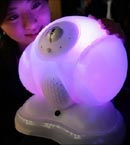If you are concerned about privacy, it might be time to seal up every potential entry point in your home!
The ability to see everything inside a sealed room has long seemed like a superpower. However, researchers at the Stanford Computational Imaging Lab have utilized a technique called “non-line-of-sight imaging” to see objects inside a room using just a single laser beam directed through a tiny aperture.
“Non-line-of-sight imaging” (NLOS) is not a new concept. It is a clever technique that has been refined in laboratories over the years to create cameras capable of seeing around corners and generating images of objects that are out of the camera’s direct line of sight or blocked by various obstructions.
Previously, this technique relied on flat surfaces such as floors or walls that aligned with both the camera and the obstructed object. A series of light pulses emitted from the camera, typically from a laser source, would bounce off these surfaces and then reflect off the hidden object before returning to the camera’s sensor. Algorithms would then use the information about the time it took for the reflected light to return to create an image that the camera could not directly see. While the results had relatively low resolution, they were often detailed enough to easily identify the hidden object.

The technique of non-line-of-sight imaging (NLOS).
Clearly, this is an innovative technique, and one day it could be extremely useful in devices such as self-driving cars, allowing them to detect hidden objects around corners before they suddenly appear in front of the vehicle, thereby enhancing safety and obstacle-avoidance capabilities. However, current NLOS techniques have a significant limitation: they depend on a large reflective surface, where the reflected light from a hidden object can be measured and analyzed. Imaging objects inside a sealed room from the outside is currently impossible – at least until now.
The keyhole imaging technique, developed by researchers at the Stanford Computational Imaging Lab, is so named because all it requires to see inside a sealed room is a tiny hole (like a keyhole or a small crack in the wall) just large enough for the laser beam to pass through, creating a bright spot on the wall inside the room. Similar to previous experiments, the laser beam will bounce off the wall, a hidden object in the room, and then bounce off the wall again, during which countless photons will reflect back through the keyhole to return to a camera equipped with a single-photon avalanche photodiode (SPAD) to measure the time of return.

If it is a static object, this technique simply cannot compute what it sees.
When the hidden object in the room is a static object, this new keyhole imaging technique simply cannot compute what it sees. However, researchers found that a moving object exposed to prolonged light pulses from the laser generates enough usable data for the algorithm to create an image of that object. The quality of the resulting image is even poorer than previous NLOS techniques, but it still provides enough detail to infer the size and shape of the hidden object. A mannequin resembling an ethereal angel could be identified, but when combined with fully trained image recognition AI, identifying a human (or a human-shaped object) inside a sealed room may be very feasible.
This research could one day provide law enforcement or military personnel with a method to assess the risks of breaching a room before actually breaking down the door and entering – all they would need is a small crack in the wall or a gap around a window or door. The new technique also promises to create groundbreaking solutions for automated navigation systems to detect potential hazards before they become a real threat in situations where previous NLOS techniques were ineffective due to environmental constraints.



















































